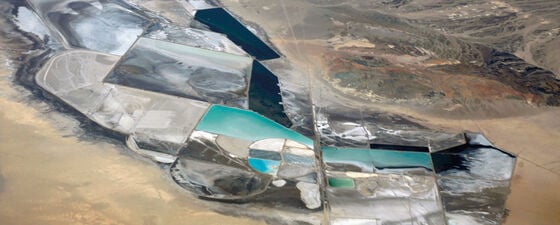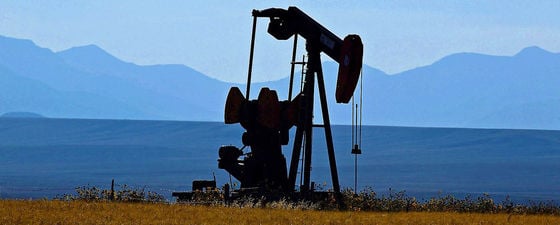Iraq is currently producing 3 MMbopd. However, as reported by the International Energy Agency (IEA), contracts already in place with international companies imply an extraordinary increase in oil production capacity, to a level almost five times higher than today’s production over the current decade. It remains to be seen if this will work out, but reaching output in excess of 9 MMbopd by 2020 would equal the highest sustained growth in the history of the global oil industry.
In the IEA’s ‘central scenario’, Iraq’s oil production will more than double to 6.1 MMbopd by 2020 and reach 8.3 MMbopd in 2035. In comparison, only Saudi Arabia and Russia were producing more than that in 2011. Saudi Arabia’s and Russia’s oil production averaged 11.1 and 10.3 MMbopd last year, respectively.
In this scenario, the increase in Iraq’s oil production of more than 5 MMbopd by the year 2035 makes Iraq by far the largest contributor to global supply growth. By the 2030s it would make Iraq the second largest oil exporter (from third today), overtaking Russia.
IEA believes the largest increase in production will come from the concentration of super-giant fields in the south around Basrah. In addition, there is expected to be substantial growth from the north of Iraq through contracts awarded by the Kurdistan Regional Government. Kurdistan is said to be one of the most actively explored petroleum provinces in the world.
Achieving such a high level of oil production and export means a proper supply of rigs, bringing water from the Gulf for injection, as well as storage and transportation capacity.
See also Iraq’s Resource Base (GEO ExPro Vol. 6, No. 3) and Oil from Babylon to Iraq (GEO ExPro Vol. 6, No. 2).




